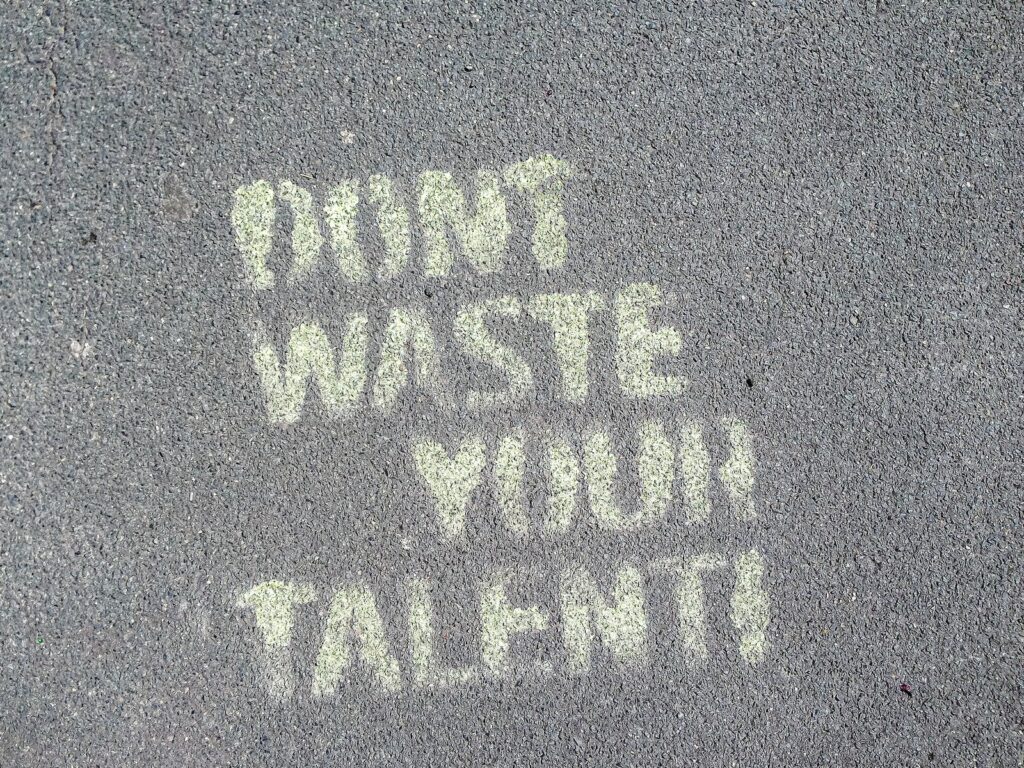Breathe out. We are getting close. We are only a week and a half from Thanksgiving. Then the crazy month of December begins but for many, this includes some time off. It is the time of the year that we begin to set our intentions for the next year, but often feel too burned out to do so with any creativity.
Have you ever wondered why you are tired and burned out and how to make next year different? There is probably no single answer to this question, but for many leaders at least part of the answer is because you are solving the same problem repeatedly. And that wears a person out. I’ve shared Susan Scott’s quote from Fierce Conversations before: “Burnout doesn’t occur because we are solving problems. It occurs because we are solving the same problem again and again.” I’ve focused before on making sure you are looking at your systems to get the results you intend. Today, the focus is on people.
If you are leading, you are working with people and you are relying on people to solve some of their own problems. Often, they come to you with the same problem again and again and have not been able to
Back in the 1980s, Sir John Whitmore of Performance Consultants International created the GROW model (pictured above), and it has become a backbone tool for many coaching companies. Interestingly, it has had effectiveness among those not formally trained as coaches, with the education sector for example implementing it as a peer coaching model for small cohorts of teachers. It is so simple, and I describe it below. Before you read on, think about that one thing that you are tired of helping others solve. The thing that occupies far more of your time than you’d like. As you read about the model, consider how these four steps could lighten your load and “grow” a team member to be a more effective problem solver.
For all steps, your role as “coach” is to ask questions. Each step below focuses on important questions that might help move the conversation forward through each step.
- Step one is to set the goal or problem to be solved.

- Step one is to set the goal or problem to be solved.



Those are the steps. They are so simple and yet so challenging because they require not giving advice but continuing to ask questions so that the employee solves the problem independently. If you try this, I’d love to hear about your experience. Remember that whatever action the team member takes may not fully solve the problem, so be present for debriefing and let them know that the important part is weighing the best option, taking action, and then sticking to it or tweaking it based on the results

